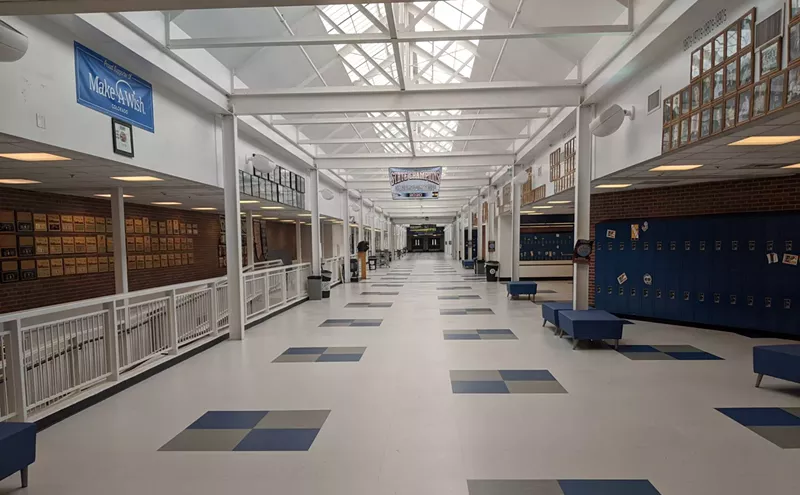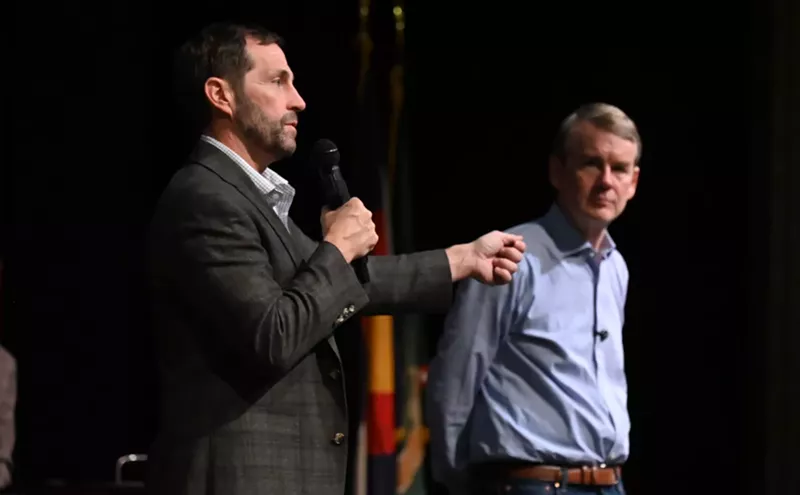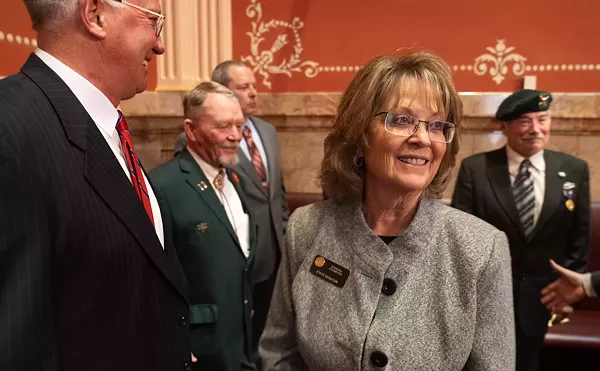"The Cold War is very often believed to be kind of a good war, because it was never fought," explains Conny Bogaard, director of that museum. "But the price we paid for that time of building nuclear weapons on a mass scale is all the anxieties and the fear that is very much still in the back of people's minds."
In 1992, the Department of Energy announced that it would decommission and decontaminate the Rocky Flats facility; a Superfund cleanup began in 1995. Ten years and $7 billion later, it was done -- with 800 structures and buildings demolished, radioactive waste removed, soil remediated, groundwater treatment systems installed, and long-term environmental monitoring set up. The property is slated to become a wildlife refuge, although 1,300 acres in the center will never be open to the public. If people remember why they're off-limits, that is.
The Rocky Flats Cold War Museum board has been working to make the the history of the plant concrete -- but not contaminated -- since 1998. The project has faced all kinds of challenges, and after opening in a 7,000 square foot spot in Arvada two years ago, it's now moving to another temporary spot in Olde Town Arvada, in a building owned by an engineering firm across from the library at 57th and Webster streets. The space is smaller, but it has a big lobby for exhibits. "It's better for visibility," says Bogaard. And to make sure that the next time the museum has to move it won't be temporary, the board has "started to work with a fundraising consultant," she notes, to raise money for a permanent home.
In the meantime, the museum hopes to open in its next spot by July 1, when it will feature This Is Not a Test: The Atomic Art of Doug Waterfield, a collection of paintings that show happy scenes of families and bright cityscapes, all with mushroom clouds looming on the horizon. This Is Not a Test was supposed to close at the original location at the end of May, but Doug Waterfield, the Nebraska artist who created the work, agreed to let the museum extend the exhibit -- and move it to the new space."In all these paintings, you see a tension between an outward happiness and peace, but in the background you see that constant threat of a nuclear war," Bogaard explained at the opening. "I hope that this exhibit will raise a lot of questions and trigger some interesting conversations."
And expect the conversation to get even more interesting in September, when the museum will open a show of art by former Rocky Flats workers.
More from the Calhoun: Wake-Up Call archive: "South of Rocky Flats, the real estate market is heating up."












